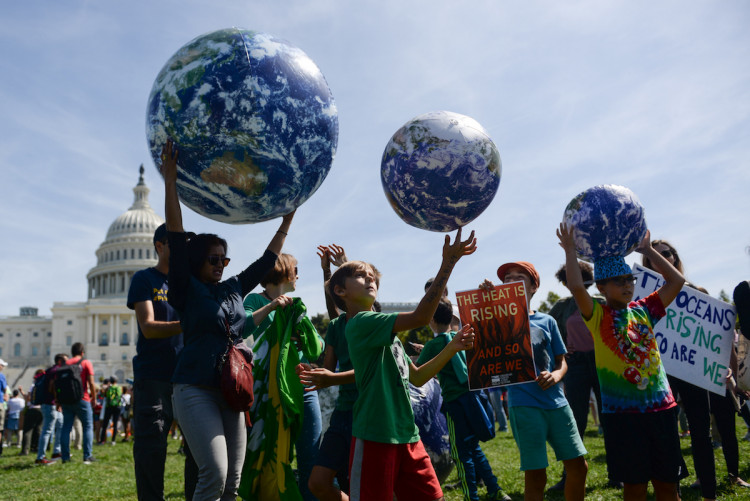The United Nations has revealed in a new report that Asia had its hottest year on record in 2020.
According to the UN's World Meteorological Organization (WMO) report, the average temperature was 1.39 degrees Celsius above the 1981-2010 average.
"Extreme weather and climate change impacts across Asia in 2020 caused the loss of life of thousands of people, displaced millions of others and cost hundreds of billions of dollars, while wreaking a heavy toll on infrastructure and ecosystems," the WMO said.
"Sustainable development is threatened, with food and water insecurity, health risks and environmental degradation on the rise."
The annual average losses due to climate-related risks were also revealed in the paper.
China lost $238 billion, India $87 billion, Japan $83 billion, and South Korea $24 billion.
However, when the size of the economy is taken into account, average yearly losses for Tajikistan, Cambodia, and Laos could be as high as 7.9% of GDP.
Heat and humidity are expected to reduce outdoor working hours across the continent, potentially costing billions of dollars.
Many people are unable to return home or integrate locally due to weather and climate-related displacements throughout Asia, according to the report.
Around 50 million people in Asia were affected by floods and storms in 2020, with over 5,000 people killed.
This is lower than the 20-year average (158 million people affected and about 15,500 fatalities) and is testament to the success of early warning systems in many Asian countries, with roughly seven out of 10 people covered.
The report comes just days before CoP26, the United Nations Conference on Climate Change, which will take place in Glasgow from Oct. 31 to Nov. 12.
COP26, which will address the specific steps governments are taking to avert catastrophic global warming, is regarded as the most important conference of its kind since the Paris climate change convention in 2015.
These climate conferences began in 1992, when countries signed a deal committing to stabilize greenhouse gas concentrations in the atmosphere and avert hazardous climate changes.
Since then, the parties to this agreement have convened almost every year to discuss what remains to be done. COP is an abbreviation for a Conference of Parties. This is the 26th meeting of its kind. Thus, COP26.






